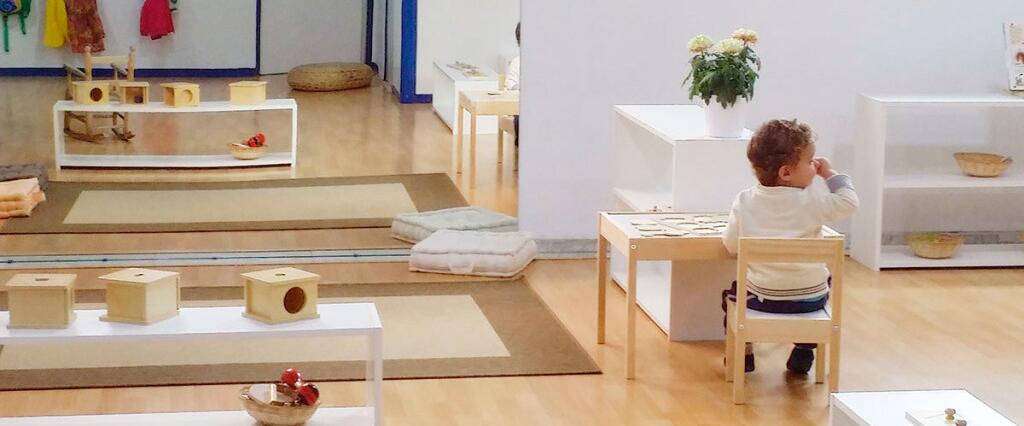
How does the Montessori Infant Community classroom differ from traditional early childhood education settings?
Share
The Montessori Infant Community (IC) classroom is a unique and enriching environment designed for children aged 18 months to three years. It provides a foundation for lifelong learning by fostering independence, creativity, and a deep love for exploration.
As Dr. Maria Montessori said, "The child is both a hope and a promise for mankind." In the IC classroom, we nurture this hope and promise by creating a space where young children can flourish and reach their full potential.

The Montessori Infant Community classroom and traditional early childhood education settings differ in several key aspects, including their educational philosophy, classroom environment, teacher roles, and approach to learning.
Here are some of the main differences:
1. Educational Philosophy:
- Montessori: The Montessori approach is child-centered, emphasizing independence, self-directed learning, and respect for the child's natural development. It follows the principles developed by Dr. Maria Montessori.
- Traditional: Traditional early childhood education often follows a teacher-centered approach, focusing on structured activities, direct instruction, and meeting standardized educational goals.
2. Classroom Environment:
- Montessori: The Montessori Infant Community classroom is designed to be a "prepared environment" that is safe, nurturing, and tailored to the developmental needs of infants and toddlers. It includes child-sized furniture, natural materials, and carefully selected activities that promote exploration and independence.
- Traditional: Traditional classrooms may have a more standardized setup with uniform furniture and materials. The environment might be less focused on individual exploration and more on group activities and teacher-led instruction.
3. Teacher Roles:
- Montessori: Montessori teachers, often referred to as "guides," observe and support the child's learning without direct interference. They prepare the environment, offer activities, and encourage independence. The teacher's role is to facilitate rather than direct learning.
- Traditional: In traditional settings, teachers often take a more active role in directing the learning process, leading group activities, and providing direct instruction. They may follow a set curriculum and schedule.
4. Approach to Learning:
- Montessori: Learning in a Montessori Infant Community is hands-on, experiential, and individualized. Children choose activities based on their interests and developmental stage, allowing them to learn at their own pace. Practical life skills, sensory experiences, and language development are key components.
- Traditional: Traditional early childhood education may rely more on structured activities, worksheets, and group instruction. There is often a greater emphasis on meeting specific educational milestones and preparing children for the next level of schooling.
5. Materials and Activities:
- Montessori: Montessori materials are specifically designed to be self-correcting and to promote independent learning. Activities are purposeful and often involve real-life skills, such as pouring, dressing, and cleaning.
- Traditional: Traditional classrooms may use a variety of educational toys, games, and resources that are not necessarily designed for self-correction. Activities might include more play-based learning and arts and crafts.
6. Focus on Independence:
- Montessori: A core principle of Montessori education is fostering independence from a young age. Children are encouraged to do things for themselves, such as preparing snacks, dressing, and cleaning up.
- Traditional: While independence is valued, traditional settings may provide more direct assistance and supervision, with less emphasis on self-care and practical life skills.

Overall, the Montessori Infant Community classroom is designed to support the holistic development of the child, encouraging independence, self-motivation, and a love of learning, whereas traditional early childhood education settings may focus more on structured activities, direct instruction, and meeting standardized educational goals.
